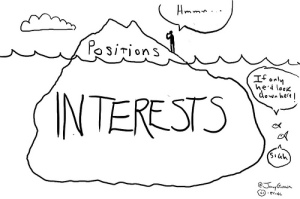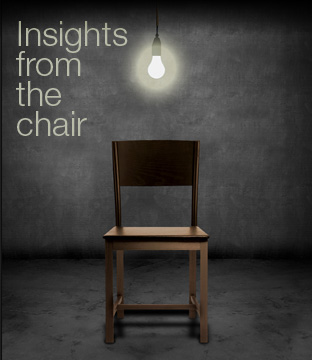This is a first … Commercial Networks raise awareness of bigger issues!
 An Article in The Australian on 27th April entitled “FTA Networks unite against GroupM” (Darren Davidson) opens with the statement that “The CEOs of the three main commercial networks have launched an unprecedented attack against the biggest buyer of television airtime in the country, warning WPP’s GroupM to stop talking down the free-to-air TV industry or face serious consequences in advertising negotiations.”
An Article in The Australian on 27th April entitled “FTA Networks unite against GroupM” (Darren Davidson) opens with the statement that “The CEOs of the three main commercial networks have launched an unprecedented attack against the biggest buyer of television airtime in the country, warning WPP’s GroupM to stop talking down the free-to-air TV industry or face serious consequences in advertising negotiations.”
It goes on to explain that … “the row has erupted weeks before GroupM thrashes out deals for the 2015-16 fiscal year to determine the share each network will get from an estimated $1bn annual budget. (GroupM) has questioned the cost of TV advertising, citing audience declines and cheaper alternatives like digital advertising. But the networks could offer more favourable TV ad rates to GroupM’s rivals, and give them first option on coveted ad spots in live event programming such as the State of Origin series and AFL grand final.”
While this article needs to be recognised as a shot over the bow of the GroupM juggernaut by the networks as they commence annual group negotiations, it highlights a number of issues.
- FTA Television audiences have dropped this year. The value of media is based on reach potential and audience delivery. Why should marketers pay more for less?
- The television trading model needs to be reconsidered. For the past 20 years, television rate arrangement negotiations have remained basically unchanged. Yet the media landscape has shifted dramatically, not the least as a result of the introduction of digital channels that have eroded the audience achievement of prime time programming on the primary channels – the building blocks of campaign reach. It is time for a new trading model, which is destined to be programmatic. Programmatic buying is sure to be expanded as the new trading model across all screens, however we believe this will exacerbate the transparency problems we are already experiencing with this model.
- While GroupM dismisses the suggestion that they will steer money away from free to air television because of an exclusive deal with Google’s YouTube, “where it is said to earn more generous margins”, it does highlight a need for more transparent trading across all media. Not just online.
- While increasing shares of marketers’ budgets are shifting into online options, our observation is that there is a remarkable lack of science used to arrive at the allocation of budget between media options recommended. This leads to the suspicion amongst the more cynical that selection may be driven by cost effectiveness for the buyer, not the client, and that this could be a prime motivation for recommendations.
- While Mr Worner (Seven) claims that “nothing comes close to the (television) return on investment”, this can hardly be considered an impartial statement. However it does underline the responsibility of the agency to provide factual, articulate and transparent rationales for strategic recommendations.
Ultimately this article highlights to us that sound strategic intelligence, not emotion or pre-conceived considerations, is required to identify the optimum media mix and deliver the most effective communications plan.
Lord Leverhulme (1851-1925) famously stated that “Half the money I spend on advertising is wasted, and the trouble is, I don’t know which half.” Sadly this is still true a century later.
However, marketers can minimise “the unknown half” by demanding that their media agency deliver:
- Fee neutral recommendations,
- Cost transparency across all media transactions,
- The right to audit all media transactions, including third party suppliers,
- Media strategy recommendations that articulate media based on their ability to achieve objectives,
- A detailed rationale for the weight and budget allocated to each medium and supplier based on that medium’s contribution to achieving sales.
Another means of reducing “the unknown half” is to talk to Enth Degree about independent third party media agency performance measurement.

